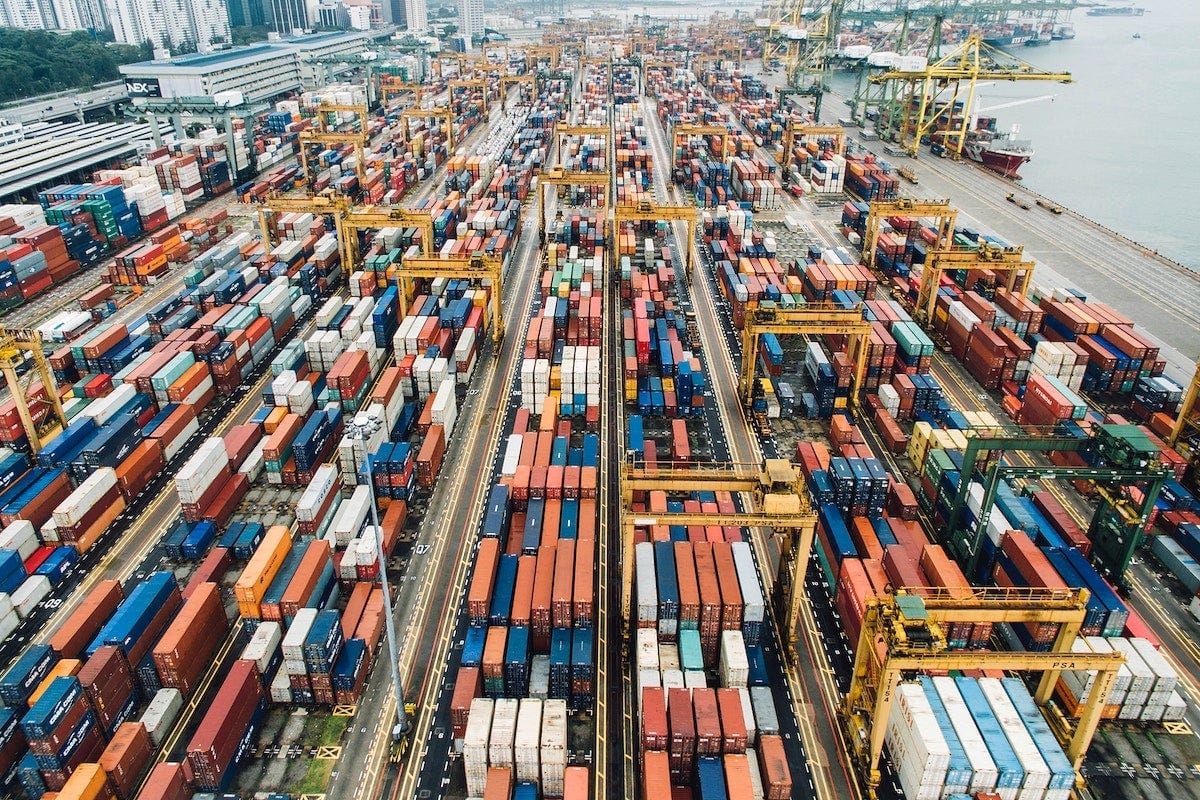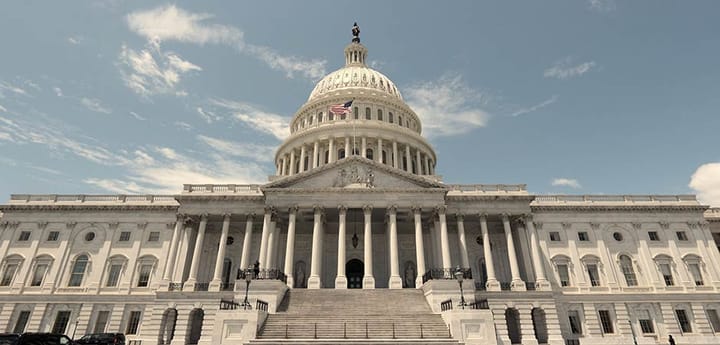Observations: Tariffs
Tariffs are nothing new in American history... then came President Donald Trump.

Tariffs are nothing new in American history. But our most recent activity with tariffs is unusual, and may well jeopardize the American and global economy.
The United States established its first protective tariff in the second decade of our history. The new nation had numerous infant industries that needed protection if they were to compete on the world stage.
Then came a measure nicknamed the “Tariff of Abominations” during the presidency of Andrew Jackson. It aimed to protect New England textile manufacturers, Pennsylvania iron industrialists and some farmers. New England and the Atlantic states supported the tariff; the South bitterly resented it.
In 1890, the McKinley tariff, named for its proponent before he became President, was a high protective measure. Passed at a time of economic chaos – the Populist movement, and the huge fight between whether silver or gold should be the basis of the currency – the tariff certainly contributed to the economic disruption in the devastating depression of 1893-1997.
Woodrow Wilson, President in the second decade of the twentieth century, wanted to reduce tariffs. The Underwood tariff, passed by Congress in 1913, reduced rates somewhat, but was definitely not a free trade measure.
The Fordney-McCumber tariff of 1922 raised rates on many imported goods once again.
And then came the Smoot-Hawley tariff of 1930. It raised rates dramatically. This came in the early years of the Great Depression, and placed a real strain on international economic relations. Other countries followed the American example and imposed tariffs on us, with troubling results. And this tariff was almost certainly a factor in the depression becoming a world-wide phenomenon and not just an American catastrophe.
In 1934, President Franklin D. Roosevelt signed the Reciprocal Trade Agreements Act (passed by Congress, like all previous tariffs), which reduced rates, in an effort to promote the liberalization of trade.
The entire post-World War II period saw an effort to promote economic and political harmony worldwide with lower tariffs. Not everything always ran smoothly, to be sure. But the bottom line is that the United States – and the world – were more prosperous than ever before.
Then came President Donald Trump.
During the most recent campaign, he hailed the efforts of William McKinley in the 1890s, hardly mindful of the chaos that tariff caused.
But then, in the presidency once again, he moved aggressively, without Congressional approval, or even involvement, to impose huge tariffs on most countries around the world. There seemed to be no rhyme or reason – or even rational reasoning – to the schedules he imposed.
And now we are left with the economic chaos that is only just beginning to be felt.
American industrialists and investors are uncertain about what is happening, and about what is likely to happen. Investment is cooling. Trade is faltering. And American consumers, faced with higher prices, are beginning to curb spending.
The global economy is slowing. Growth which was 3.3 percent last year is forecast to grow but 3.2 percent this year. And according to the Organization for Economic Cooperation and Development (OECD), an intergovernmental organization based in Paris, it is likely to slow still further to 2.9 percent in 2026.
Supply chains, so necessary to the modern economy, are beginning to slow.
The Trump tariffs may be illegal. We are waiting for a Supreme Court ruling. But the damage, which we are finally feeling, can only get worse, and we have to hope that there may be some way to make things better before it is too late.
Allan Winkler is a University Distinguished Professor of History Emeritus at Miami University, where he taught for three decades. He serves on the Board of Directors for the Oxford Free Press.




